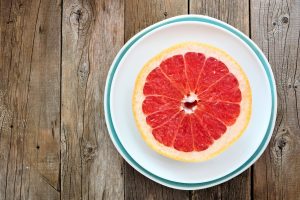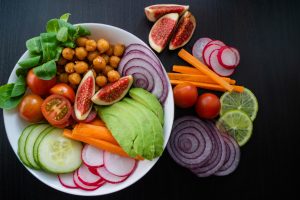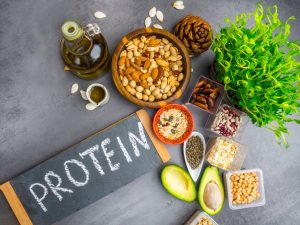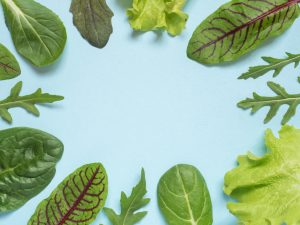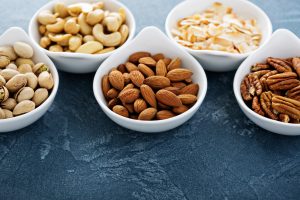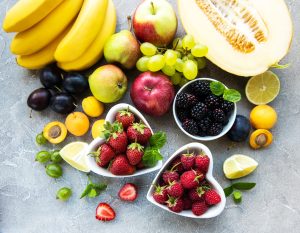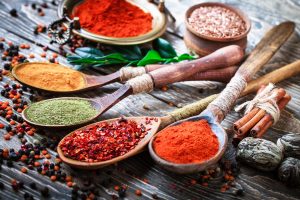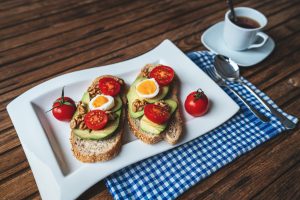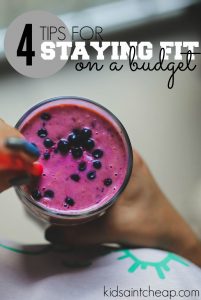Diet fads come and go, promising quick weight loss and improved health, but many fail to deliver sustainable results. Worse, some can be downright harmful. Over the years, numerous diet fads have gained popularity, but medical professionals later debunk them. Here are ten diet fads of the past that doctors now warn against.
1. The Grapefruit Diet
The Grapefruit Diet, popular in the 1930s and then again in the 1970s, claimed that eating grapefruit with every meal would burn fat quickly. This diet restricted calories to around 800-1,000 per day and emphasized grapefruit as a fat-burning food. However, doctors now warn against this fad due to its severe calorie restriction, lack of essential nutrients, and unsustainable nature. Such low-calorie intake can lead to muscle loss, metabolic slowdown, and nutritional deficiencies.
2. The Cabbage Soup Diet
The Cabbage Soup Diet promised rapid weight loss by having individuals eat unlimited amounts of cabbage soup for seven days, along with a few other specific foods. Though it became popular in the 1950s and resurged in the 1990s, doctors now caution against it. This diet lacks balanced nutrition, is extremely low in calories, and can cause gastrointestinal distress. Additionally, any weight loss is usually water weight, which is quickly regained.
3. The Tapeworm Diet
The Tapeworm Diet is one of the most extreme and dangerous diet fads. Originating in the early 1900s, this diet involved swallowing tapeworm cysts to consume some of the food you eat. While it may result in weight loss, doctors now strongly warn against it due to the severe health risks. Tapeworms can cause serious infections, malnutrition, and even death. This diet is illegal in many countries and universally condemned by medical professionals.
4. The HCG Diet
The HCG Diet involves taking human chorionic gonadotropin (HCG) hormone supplements and consuming a very low-calorie diet of around 500 calories per day. Popular in the 1950s and again in the 2000s, this diet promised rapid weight loss. Doctors now warn that the HCG Diet is not only ineffective but also dangerous. Severe calorie restriction can lead to serious health problems, and there is no scientific evidence supporting HCG’s role in weight loss.
5. The Master Cleanse
The Master Cleanse, also known as the Lemonade Diet, was a bit of a craze. It involves consuming a specific drink for ten days. Essentially, it is a mixture of lemon juice, water, and maple syrup with a dash of cayenne pepper. Popularized in the 1940s and again in the 2000s by celebrities, this diet claims to detoxify the body and promote weight loss. Doctors now caution against it due to the lack of essential nutrients and the potential for severe electrolyte imbalances. The body naturally detoxifies itself through the liver and kidneys, making such extreme cleanses unnecessary and harmful.
6. The Low-Fat Diet
In the 1980s and 1990s, the Low-Fat Diet became widely popular, with the belief that fat consumption directly led to weight gain and heart disease. This diet promoted low-fat or fat-free foods, often high in sugar and refined carbohydrates. Doctors now understand that not all fats are bad and that a diet high in sugar and refined carbs can harm health. Healthy fats are essential for brain function, hormone production, and overall health.
7. The Sleeping Beauty Diet
The Sleeping Beauty Diet involved taking sedatives to sleep for long periods, with the idea that you can’t eat while you’re asleep. This dangerous fad, popularized in the 1960s, posed significant health risks, including addiction to sedatives and severe malnutrition. Doctors now warn that such drastic measures can have devastating consequences on both physical and mental health. Adequate sleep is crucial, but using it as a weight loss method is reckless and harmful.
8. The Baby Food Diet
The Baby Food Diet, which gained popularity in the 2010s, involves replacing regular meals with jars of baby food. Proponents claimed it controlled portions and reduced calorie intake. However, doctors now advise against this diet fad because baby food lacks the necessary nutrients for adults and does not provide the satisfaction of a balanced meal. This diet can lead to nutrient deficiencies and unhealthy eating habits.
9. The Cotton Ball Diet
The Cotton Ball Diet involves swallowing cotton balls soaked in juice to feel full without consuming calories. This extreme and dangerous fad, which emerged in the 2000s, can cause severe health issues such as intestinal blockages, malnutrition, and even death. Doctors strongly warn against this diet due to the significant risk of life-threatening complications. Such practices highlight the desperate and harmful measures some individuals may take to lose weight.
10. The Blood Type Diet
The Blood Type Diet, popularized in the 1990s, claims that eating certain foods based on your blood type can improve health and promote weight loss. This diet categorizes foods as beneficial or harmful for different blood types. However, doctors now warn that no scientific evidence supports these claims. Nutritional needs are individual and not determined by blood type. Following this diet can lead to unnecessary dietary restrictions and nutrient imbalances.
Watch Out for These Diet Fads of the Past That Doctors Now Warn Against
These diet fads illustrate the lengths people will go for quick weight loss solutions, often at the expense of their health. Doctors now emphasize the importance of balanced, sustainable eating habits and regular physical activity for long-term health and weight management. Avoiding extreme diets and seeking guidance from healthcare professionals can help you achieve and maintain a healthy weight safely.
Read More:
13 Secrets of Longevity: What People Living to 100 Eat Every Day
Eat More, Weigh Less: 15 Foods That Are Perfect for Snacking
Catherine is a tech-savvy writer who has focused on the personal finance space for more than eight years. She has a Bachelor’s in Information Technology and enjoys showcasing how tech can simplify everyday personal finance tasks like budgeting, spending tracking, and planning for the future. Additionally, she’s explored the ins and outs of the world of side hustles and loves to share what she’s learned along the way. When she’s not working, you can find her relaxing at home in the Pacific Northwest with her two cats or enjoying a cup of coffee at her neighborhood cafe.

